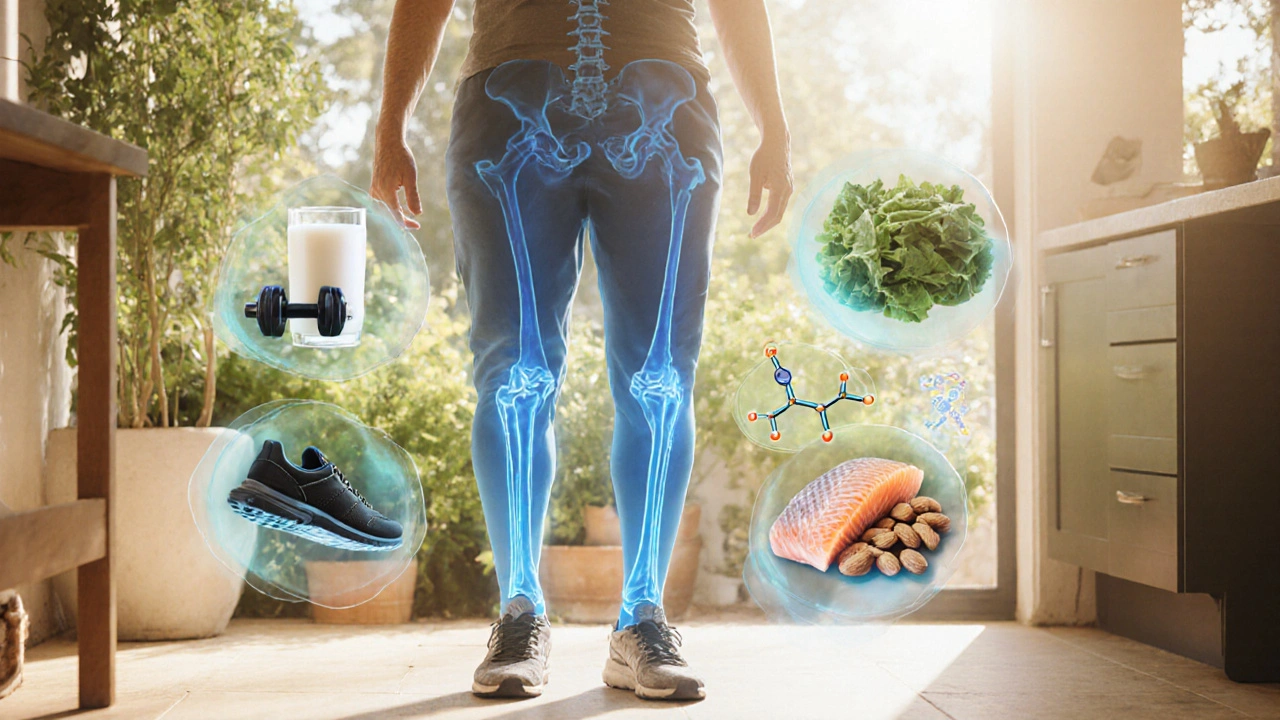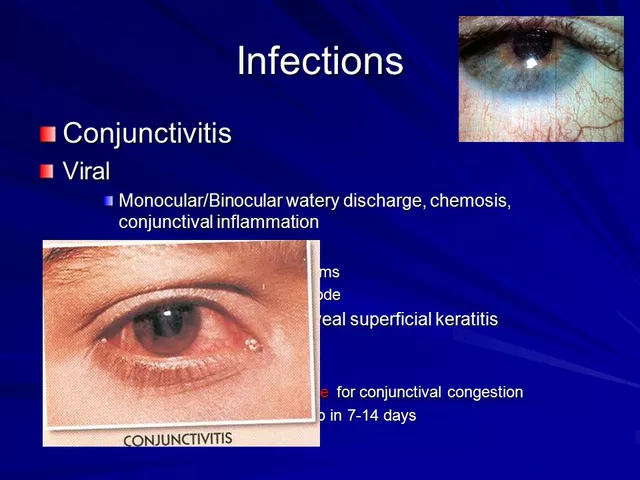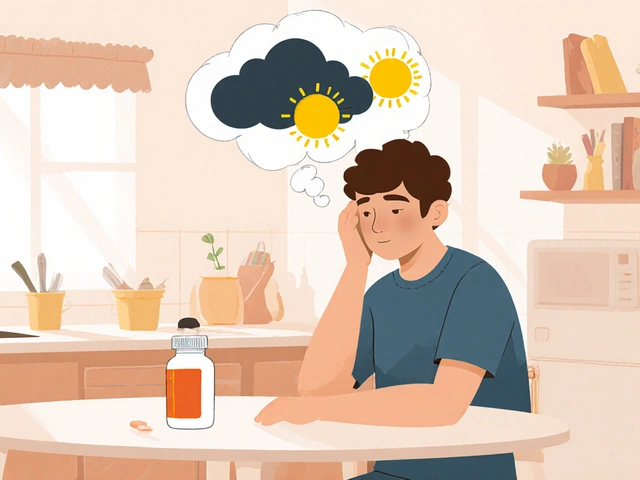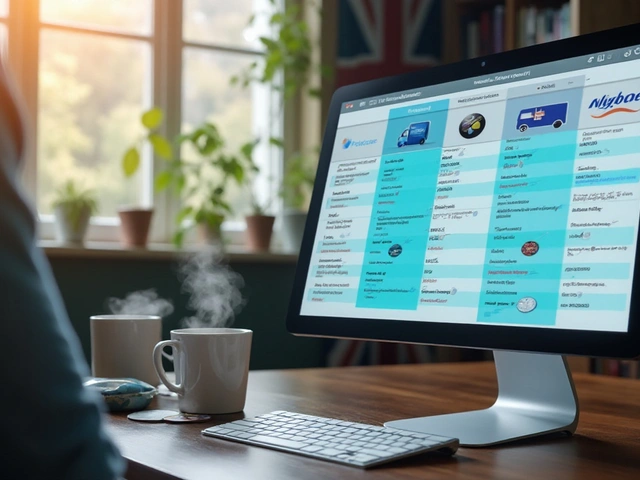DXA Scan: What It Is, Who Needs It, and What It Reveals About Bone Health
When you hear DXA scan, a quick, low-radiation test that measures bone mineral density to assess fracture risk. Also known as dual-energy X-ray absorptiometry, it’s the gold standard for diagnosing osteoporosis and tracking bone loss over time. Unlike regular X-rays, which only show fractures after they happen, a DXA scan catches thinning bones before they break—often years before symptoms appear.
This test isn’t just for older women. Men over 70, people on long-term steroid medications, those with rheumatoid arthritis, or anyone who’s had a fracture from a minor fall should get one. Even if you feel fine, a DXA scan can reveal if your bone health is slipping. It’s painless, takes under 15 minutes, and doesn’t require fasting or injections. The machine uses two low-dose X-ray beams to measure how much calcium and other minerals are packed into your spine, hip, or wrist—areas most likely to break if bones weaken.
Results come back as a T-score. A score of -1.0 or higher means your bones are normal. Between -1.0 and -2.5? That’s osteopenia—early warning. Below -2.5? You’re in the osteoporosis range. These numbers don’t just label you—they guide action. If your score is low, your doctor might recommend calcium and vitamin D, weight-bearing exercise, or medication to slow bone loss. Many of the posts here connect to this: how diet affects bone density, how certain drugs like metoprolol or alendronate impact bone metabolism, and how conditions like inflammatory bowel disease or diabetic peripheral neuropathy can indirectly weaken bones over time.
You won’t find every detail here, but you’ll find real stories from people who’ve had their bones tested, compared treatments, and adjusted their lives based on results. Whether you’re worried about fractures, managing a chronic condition, or just want to know if your bones are holding up, the articles below give you the facts without the fluff. No guesswork. Just clear, practical info to help you decide what to do next.

Why a Holistic Approach Is Key to Preventing and Treating Bone Loss
Learn why combining diet, exercise, hormones, and monitoring offers the most effective way to prevent and treat bone loss, with practical tips and a simple checklist.
Detail




